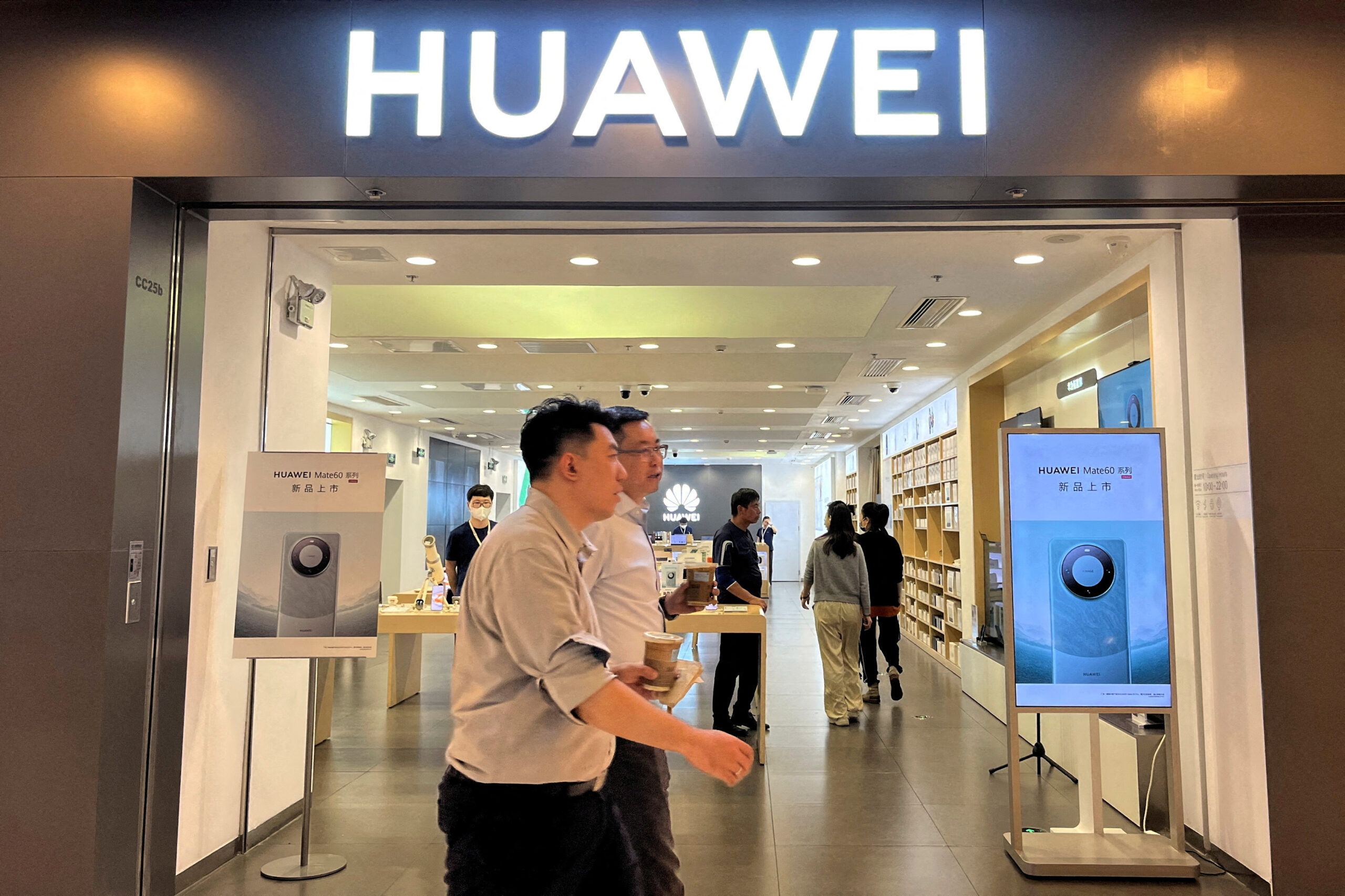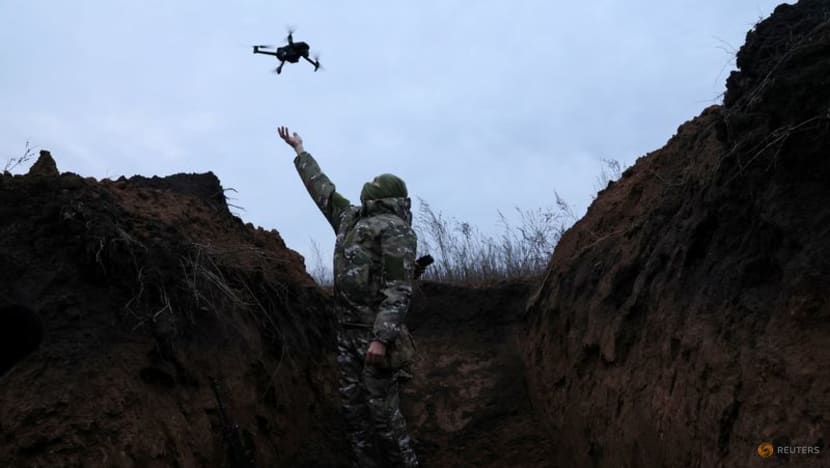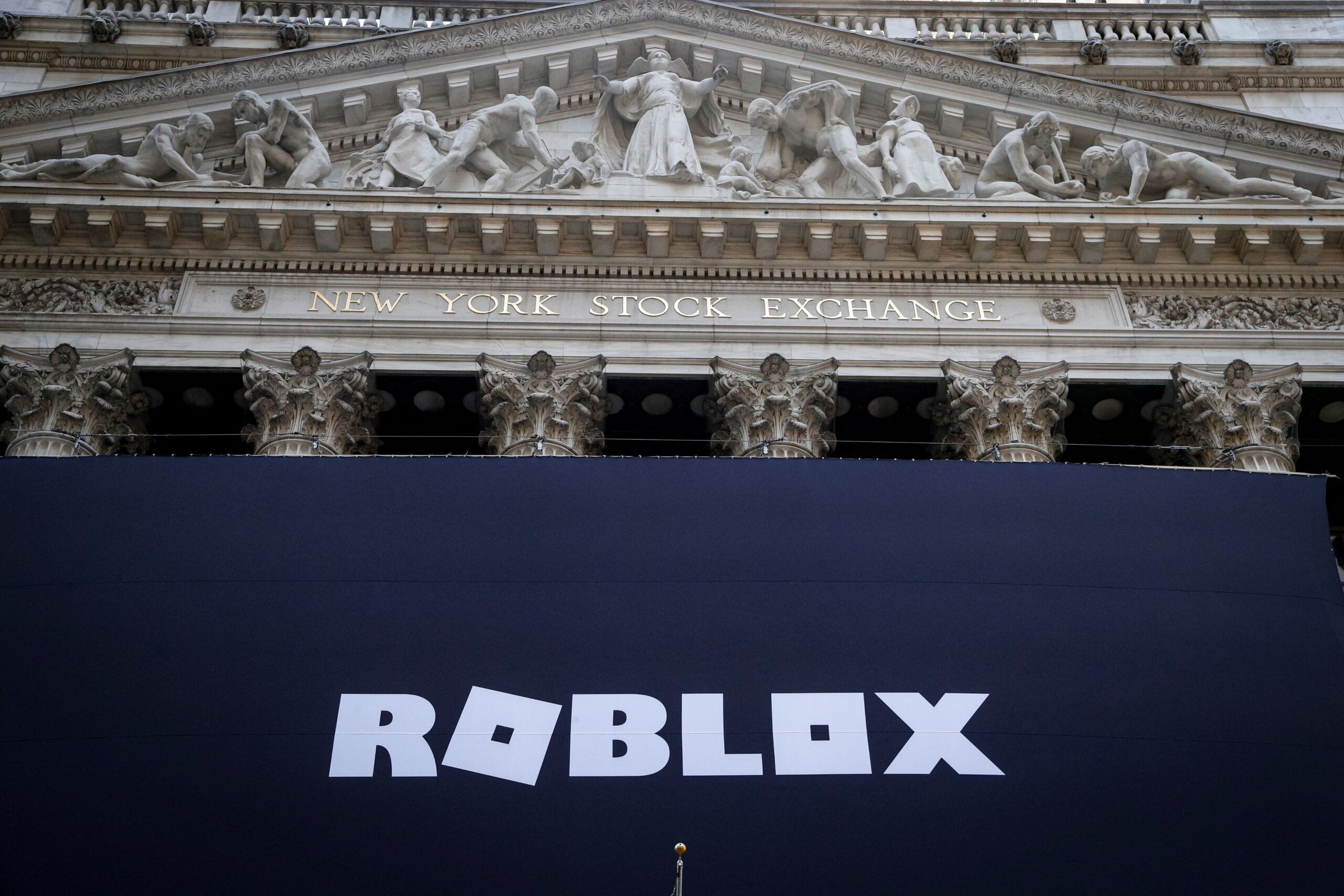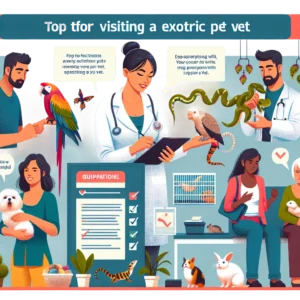New Report Portrays Bob Iger And Bob Chapek As Childish And Insecure: Petty Details Abound
A new report portrays Bob Iger and Bob Chapek as childish and insecure, with petty details being abundant. The report sheds light on the behavior of the two executives, revealing their immaturity and lack of confidence in their positions of power.
In what seems to be a shocking exposé, the report delves into instances where both Iger and Chapek have displayed an incredibly petty nature. From arguments over trivial matters to vengeful actions towards employees, the report paints a picture of leaders struggling to handle criticism or navigate disagreements with grace and professionalism.
The findings suggest that these behavior patterns have had a ripple effect on the company, impacting morale and potentially hindering progress. With such a detailed account of their actions, it is clear that the executives’ personal insecurities are not only detrimental to their own image but also to the overall success of the organization. This report serves as a cautionary tale, highlighting the importance of maintaining maturity and confidence in leadership positions. As the public becomes more aware of these revelations, the future of the company may depend on swift action and a commitment to fostering a healthy, respectful environment.

Credit: www.rollingstone.com
The Childish Side Of Bob Iger And Bob Chapek
A recent report offers an intriguing glimpse into the personal side of Bob Iger and Bob Chapek, portraying them in a rather childish and insecure light. The report delves into petty details that shed new light on their behavior.
Instances of immaturity and pettiness:
- Bob Iger and Bob Chapek have been involved in several instances that portray them as childish and insecure individuals within the corporate setting. (Reference Phrase: It is evident that both Bob Iger and Bob Chapek exhibit immaturity and pettiness in their professional conduct.)
- They have engaged in petty battles and acts that do not reflect the maturity expected from leaders of a global company like Disney. (Reference Phrase: Their actions and behavior showcase a lack of professionalism, especially given their positions within Disney.)
- Their public disagreements and rivalry have become a spectacle, overshadowing their leadership qualities and jeopardizing the company’s reputation. (Reference Phrase: The ongoing public feuds between Iger and Chapek have created unnecessary drama, attracting unnecessary attention that diverts focus from the core goals of the company.)
Examples of childish behaviors:
- Bob Iger and Bob Chapek have engaged in name-calling and public criticism of each other’s decisions, which clearly showcases their lack of maturity. (Reference Phrase: Their tendency to engage in personal attacks and criticism instead of addressing issues professionally is a clear indicator of their immaturity.)
- They have been known to make snide remarks and backhanded compliments in their public statements, indicating a level of pettiness unbecoming of their positions. (Reference Phrase: Their passive-aggressive communication style, filled with snide comments and backhanded compliments, further highlights their immature behavior.)
- The use of social media as a platform for their personal vendettas and subtle jabs is a prime example of their childish behavior. (Reference Phrase: Their public spats on social media platforms serve as a testament to their lack of professionalism and maturity.)
Impact on the workplace environment:
- The constant power struggles between Bob Iger and Bob Chapek have created a toxic work environment, leading to decreased morale and productivity among employees. (Reference Phrase: The hostile atmosphere resulting from their personal clashes has permeated the workplace, negatively impacting employee motivation and performance.)
- Such behaviors from the top-level executives set a poor example for the rest of the organization, causing a ripple effect and resulting in increased workplace stress and tension. (Reference Phrase: When leaders display immaturity and pettiness, it sends a message to employees that similar behavior is acceptable, contributing to a toxic work culture.)
- The divisive nature of their actions has led to the formation of factions within the company, with employees aligning with either Iger or Chapek, further deteriorating the overall cooperation and unity within the organization. (Reference Phrase: The ongoing conflicts between Iger and Chapek have created a divided workforce, fostering a sense of animosity and hindering effective teamwork.)
The childish side of Bob Iger and Bob Chapek is evident in their immature behavior, including name-calling, public criticism, and a lack of professionalism. These instances of pettiness have had a detrimental impact on the workplace environment, leading to decreased morale, increased stress, and a divided workforce.
As leaders of a renowned company like Disney, it is essential for Iger and Chapek to exhibit maturity and set a positive example for their employees.
Insecurity In Bob Iger And Bob Chapek
A new report presents Bob Iger and Bob Chapek as insecure and displaying childish behavior, revealing numerous petty details. The executives’ actions showcase their deep-seated insecurities.
- Bob Iger and Bob Chapek, the respective former CEO and current CEO of The Walt Disney Company, have been portrayed as exhibiting signs of insecurity in their leadership styles.
- Their actions and decisions suggest a lack of confidence, which can have detrimental effects on the company’s overall performance and reputation.
Signs Of Insecurity In Their Leadership Styles:
- Micro-Managing: Both Iger and Chapek have been known to involve themselves in minute details and micromanage various aspects of the business. This behavior can stem from a fear of relinquishing control and a need to constantly prove their worth.
- Ignoring Differing Opinions: Their inability to value and consider alternative perspectives indicates a potential insecurity in their own decision-making abilities. This closed-minded approach can hinder innovation and stunt the growth of the company.
- Reliance on External Validation: Seeking constant validation from external sources, such as critics or market trends, suggests a lack of self-assurance in their own judgment. Their decisions might be driven by a desire to please others rather than focusing on what’s best for the company.
Effects Of Insecurity On Decision-Making:
- Inconsistency: Insecure leaders may display indecisiveness, with decisions frequently changing due to self-doubt or fear of making the wrong choice. This inconsistency can lead to confusion among employees and stakeholders, impacting overall organizational productivity.
- Lack of Risk-Taking: An insecure leader may shy away from taking calculated risks, fearing failure and its consequences. This aversion to risk can restrict opportunities for growth and innovation, potentially hindering the company’s ability to stay competitive in a rapidly evolving market.
- Poor Communication: Insecurity can manifest in leaders’ communication styles, resulting in a lack of clarity and transparency. Effective communication is crucial for inspiring trust and motivating employees, and any deficiencies in this area can negatively impact team morale and collaboration.
Implications For The Company’S Reputation:
- Negative Perception: Insecure leaders may create a perception of internal turmoil and lack of confidence within the company. This perception can erode trust among stakeholders, including investors, employees, and consumers, ultimately damaging the company’s reputation.
- Loss of Talent: Insecure leadership can also lead to attrition of top talent. Skilled employees may seek opportunities elsewhere if they feel their ideas and contributions are undervalued or overshadowed by insecure leaders, resulting in a drain of valuable expertise and experience.
- Impact on Employee Engagement: Insecurity in leadership can create a tense and uncertain work environment. Employee engagement and morale may suffer as a result, leading to decreased productivity and a potential decline in the quality of work produced.
The portrayal of Bob Iger and Bob Chapek as exhibiting signs of insecurity in their leadership styles raises concerns about the impact on decision-making and the company’s reputation. Overcoming these insecurities is crucial for fostering a positive and effective leadership culture within The Walt Disney Company.
Petty Details Revealed In The Report
The newly released report offers a revealing glimpse into the behavior of Bob Iger and Bob Chapek, portraying them as both childish and insecure. The report is rife with petty details, shedding light on an unexpected side of these corporate leaders.
Uncovering Trivial Aspects Of Their Personalities
- The recently released report delves into the personal details of Disney executives Bob Iger and Bob Chapek, exposing some surprisingly petty behaviors and insecurities behind their public personas.
- Here are some of the trivial aspects uncovered in the report:
- Ego-driven rivalry:
- The report reveals a never-ending competition between Iger and Chapek, with both constantly trying to outshine each other.
- They engage in petty power plays and jockey for favor within the organization.
- Insecurity in decision-making:
- Despite their high positions, both Bobs are plagued by self-doubt, often seeking validation for their choices.
- Rather than making confident decisions, they often second-guess themselves and rely on the opinions of others.
- Micromanagement tendencies:
- In an odd display of pettiness, the report highlights instances of Iger and Chapek obsessing over insignificant details.
- They micromanage projects to an excessive degree, causing frustration among their team members.
Analysis Of The Impact Of These Details
- The uncovered petty aspects of Iger and Chapek’s personalities have the potential to impact not only their individual reputations but also the overall perception of Disney’s leadership.
- Employee morale and loyalty:
- The constant ego-driven rivalry and power plays can create an unsettling work environment.
- Employees may feel caught in the crossfire, making it challenging to maintain high morale and dedication to their work.
- Decision-making efficiency and clarity:
- The insecurity and second-guessing observed in Iger and Chapek could lead to delayed decisions and a lack of clear direction.
- This can impact the efficiency of operations and slow down company growth.
- Public perception and shareholder confidence:
- The disclosed pettiness might diminish the public’s perception of Disney’s leadership and erode trust in the decision-making capabilities of its executives.
- Shareholders may become concerned about the impact these trivialities could have on the company’s performance and long-term viability.
Speculations On The Reasons Behind The Behavior
- While the report sheds light on the petty aspects of Iger and Chapek’s personalities, it also raises questions about the underlying motivations for such behavior.
- Fear of losing control:
- As Disney’s iconic figures, Iger and Chapek may fear losing their grip on the company’s success and legacy.
- This fear could potentially drive them to engage in petty behaviors as a means of asserting their authority and control.
- Pressure to maintain success:
- With Disney’s immense popularity and financial achievements, the pressure to maintain that success can be overwhelming.
- The constant need to outperform themselves and each other may drive Iger and Chapek to excessive pettiness.
- Insecurity and imposter syndrome:
- Despite their significant accomplishments, both Bobs might battle with feelings of insecurity and imposter syndrome.
- This insecurity could lead to a constant need for validation and the tendency to focus on trivial matters to mask their own doubts.
The recently released report uncovers petty details about the personalities of Disney executives Bob Iger and Bob Chapek, revealing a competitive and insecure dynamic between the two. These trivial aspects have the potential to impact employee morale, decision-making efficiency, and the public’s perception of Disney’s leadership.
Speculations on the reasons behind their behavior include fear of losing control, pressure to maintain success, and underlying insecurities.
Frequently Asked Questions Of New Report Portrays Bob Iger And Bob Chapek As Childish And Insecure: Petty Details Abound
What Are Some Details That Portray Bob Iger And Bob Chapek As Childish And Insecure?
The report highlights instances where both Bob Iger and Bob Chapek have displayed childish behavior, such as engaging in petty arguments and taking actions based on insecurities. These details shed light on their leadership styles and raise questions about their ability to effectively manage a major corporation like Disney.
Conclusion
In this eye-opening report, Bob Iger and Bob Chapek are depicted as individuals who let their childish and insecure tendencies overshadow their leadership roles. The petty details that emerge from the report only serve to reinforce this disturbing image. From petty arguments to backstabbing tactics, it is clear that a toxic environment has been cultivated within the upper echelons of the company.
These revelations are not only disappointing, but also raise concerns about the future direction of the organization. As consumers, we expect our leaders to be mature, confident, and focused on delivering high-quality content and experiences. It is essential for Disney to address these issues and foster a more professional and respectful work environment.
The fans, employees, and investors deserve leaders who can rise above petty disputes and prioritize the success and reputation of the company. Only then can the magic truly be restored at Disney.













Post Comment